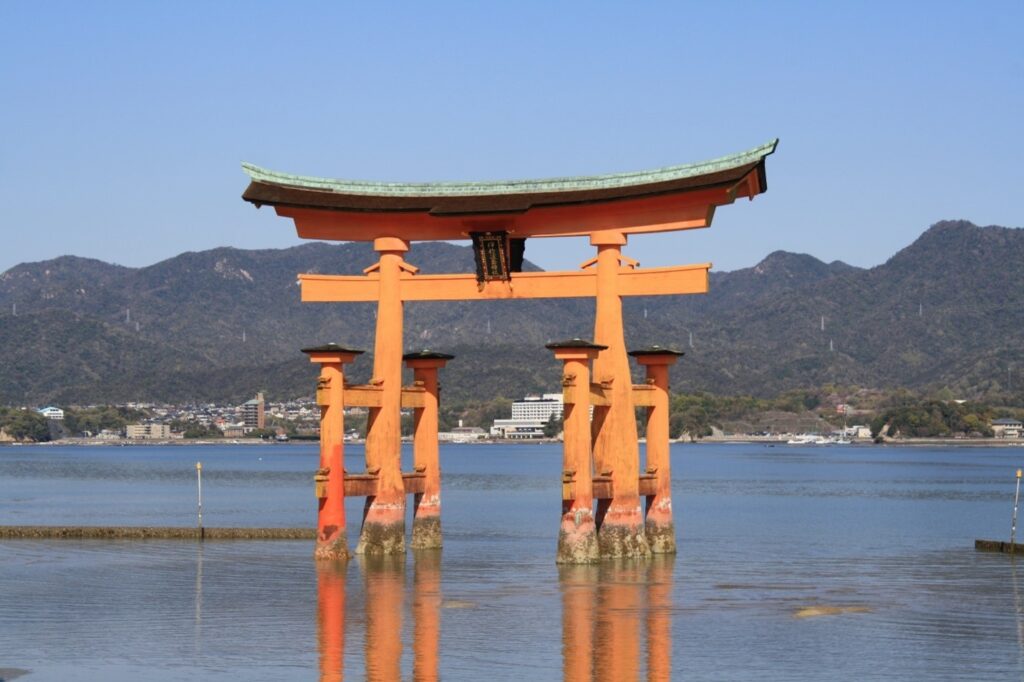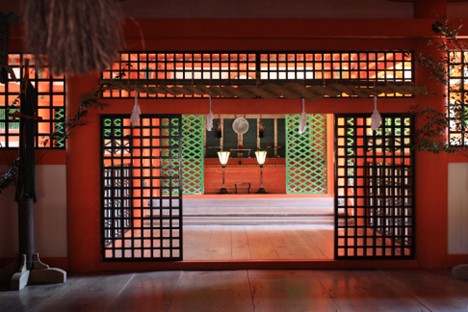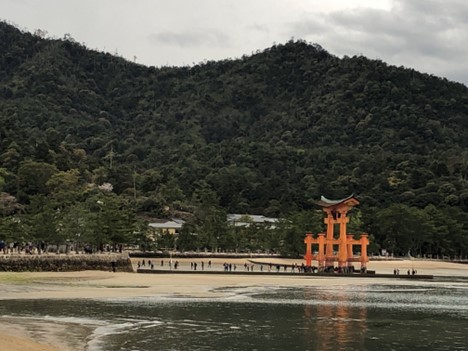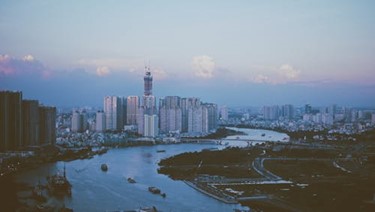Matsuyama – Miyajima Island

Travel Advice for Seniors: Matsuyama – Miyajima Island
Matsuyama Castle on Mt Katsu is situated right in the middle of the city of Matsuyama. It is atop a mountain, but not to worry, there are chair lifts and a cable car available to take you up. Castle is not accessible.
The castle is a “flatland-mountain”-style Japanese castle that was built in 1603. It is one of the twelve Japanese castles to maintain its original architecture and is a National Historic Site. One of the best things about visiting this castle is that we were visiting during cherry blossom season and there are over 200 cherry trees on the castle grounds, making for outstanding picture-perfect views.
Our afternoon was reserved for relaxation. Matsuyama is also known for its hot springs, or onsen, some of the oldest in Japan. Dogo Onsen, our destination, is a traditional Meiji Period public bathhouse dating from the late 1800s. The onsen is unique in that the baths are fed continuously with fresh spring water without any additives or temperature adjustments. They offer public baths outside and women/men baths inside.The Onsen is generally accessible.
A word on onsens….you are expected to strip naked and take a full shower with soap before entering the public bathing areas, same when you exit. Some onsens will give you a small washcloth to cover your private parts (which you can put to the side or on your head when in the water), but everyone experiences the baths naked (this is of course in women-only and men-only baths). There are some public baths where swimsuits are of course required.
Interestingly, you may want to reconsider going to an onsen if you have tattoos, some spas will not let you enter because they consider tattoos “unclean’”, check before you arrive so that you are not surprised. A few more notes: You will very likely get a lot of subtle stares from the locals as you are a tourist and are therefore unusual. Also, don’t put your head underwater, even if you have washed your hair. While it may seem awkward, remember that no one is really interested in looking at your body and you do not look any worse or better than anyone else at the onsen. Kick your modesty to the curb and don’t miss the opportunity to experience onsen.

Second day was a morning visit to Ishite-ji and the Niomon Gate. Ishite-ji is a Shingon Buddhist temple, number 51 on the Shikoku 88 temple pilgrimage. Its name means Stone Hand Temple. Built in 1318, the Niōmon Gate, part of the temple, is a National Treasure. At either side of the Niomon Gate, there are giant straw sandals. It is said that those suffering from leg ailments touch these for relief. The temple is not accessible.
The afternoon brought a high-speed ferry ride to Miyajima Island. The island is known for its forests and ancient temples but mostly for the orange Great Torii Gate that is partially submerged at high tide at Itsukushima Jinja shrine.

We checked in to our ryokan, which is a traditional Japanese inn, featuring a futon sleeping arrangement and were served a kaiseki dinner. A kaiseki dinner is a traditional multi-course meal usually consisting of an appetizer, sashimi, a simmered dish, grilled dish and a steamed course. It is considered high Japanese dining and is carefully prepared by a skilled chef with special attention to detail and presentation. In a word, delicious!
Our free day on the island of course included a visit to the Itsukushima Jinja Shrine, first built in the 12th century. It is a Shinto shrine best known for its “floating” torii gate. Don’t forget to bring your camera and check times for high tide and low tide so that you don’t miss any photo opportunities.Accessible entrance, restrooms and main pathways, however, not all pathways are accessible.
The torii gate is a symbol marking the transition from the normal everyday world to the sacred and it is at the mouth of the water source that enters through and past it into the actual shrines, flooding the area under the them with water and making for a completely different view and appreciation. The shrine features several different shrines inside of it, each connected by corridors over the water between buildings.
Shinto involves the worship or celebration of kami, or spirits that are believed to live in nature. For instance, the fox or “kitsune” is a significant symbol in Shintoism, acting as the messenger of the deity Inari, the god of rice and fertility. Many Japanese make trips to a Shinto shrine as well as to a Buddhist temple to ask for marital blessings and blessings for harvest.
There are also many walking trails and parks on the island, and it is very worthwhile to enjoy them to get your equilibrium back after the hordes of tourists at the shrine. We did enjoy our stay at Miyajima and if we had more than one day, we would’ve explored the town and the parks a bit more. It seemed like a very nice weekend getaway. The Island is generally accessible. The ferry from the mainland has accessible restrooms and there is an accessible route.
Where we stayed: Ryoso Kawaguchi.. Meals included. Authentic experience lodging. Generally accessible.
How we got there: High speed ferry to Miyajima Island. This was part of a three-week small group tour through Japan, starting in Toyko, traveling south to Hiroshima and then back to the north island and ending in a loop back in Tokyo.
General Accessibility Information: See notes above. Japan is pretty accessible. Major attractions have accessibility features and most new buildings and hotels are accessible. Much transportation is also accessible. See Accessible Japan for specifics. Call in advance to verify and make specialty arrangements.See our sections on specialty apps and accessible travel for more on accessibility assistance.




